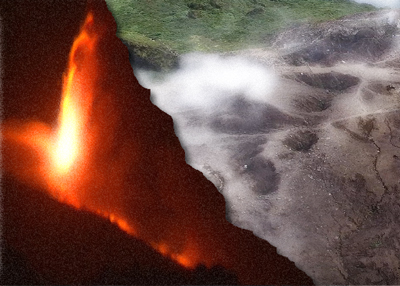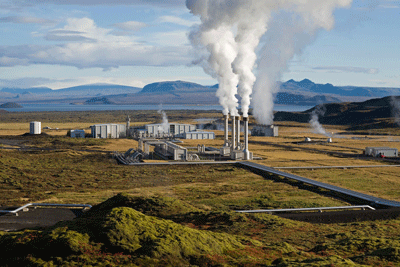Volcanic and Geothermal Redox Engines
The redox (reduction–oxidation) potential is an essential variable that controls the chemical reactions of fluids in magmatic and associated geothermal systems. However, the evolution of the redox potential is difficult to trace from a magma’s source at depth to the surface. The key is knowing that electron transfer is the twin face of the acid–base exchanges that drive charge transfer in the many reactions that occur in multiphase and chemically complex systems. The deduced redox reactivity can reveal many features about the evolution of a system’s composition and the external factors that control it. As such, redox potential analysis is an important geochemical tool by which to monitor volcanoes and to explore geothermal systems.
Volcanic and Geothermal Redox Engines Read More »



